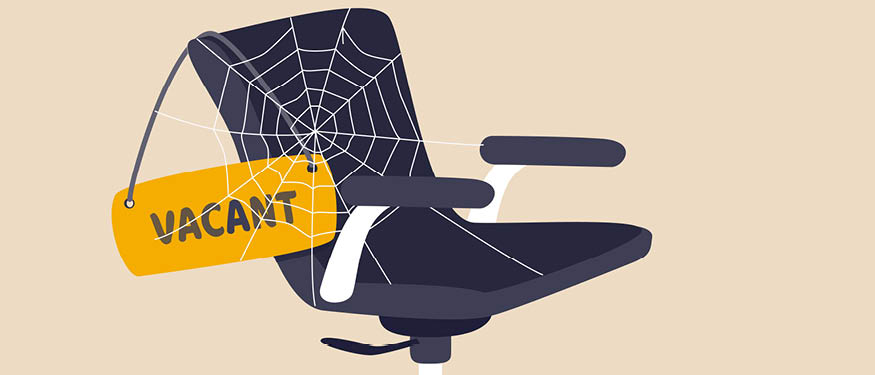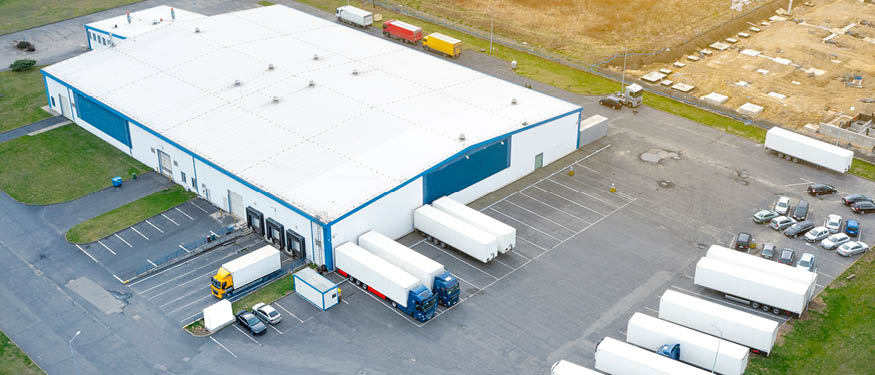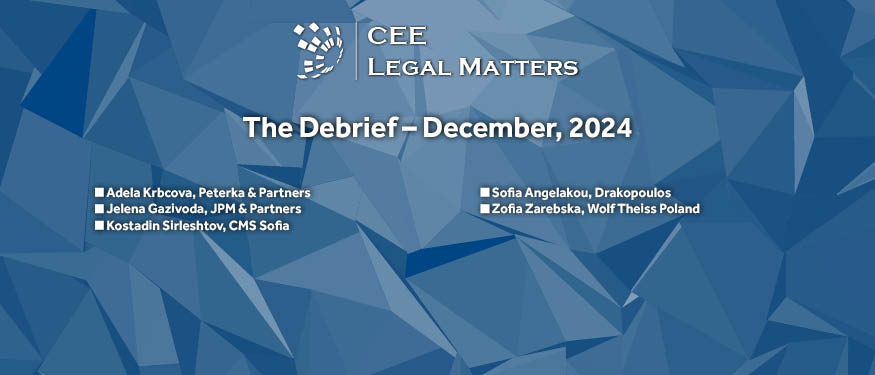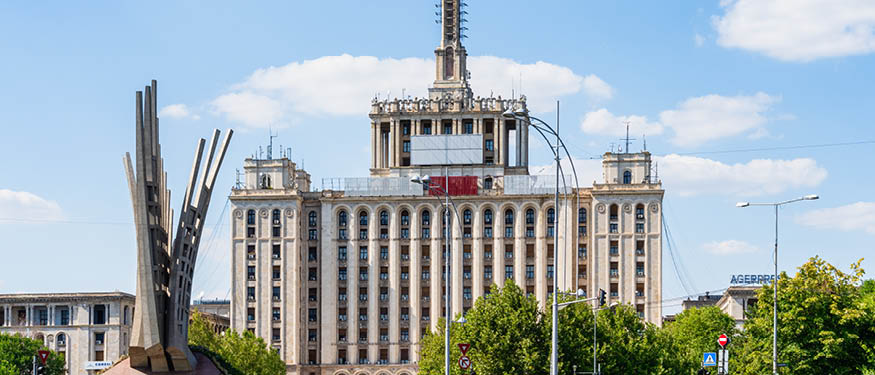Just over a year ago, 2020 was shaping up to be a good one for the Croatian Transportation and Infrastructure sector. Croatia was presiding over the Council of the EU, and the Ministry of Transport & Infrastructure, one of its most active ministries, had several interesting projects in the pipeline. Osijek was due to become the first 5G city in Croatia by year’s end, and major investment deals were planned to strengthen existing road and railway infrastructure. But then COVID-19 happened and dealt a complicated hand to both transport and infrastructure.
To be precise, transport itself wasn’t a problem; the absence of it was. For a while, both taking the bus to town and flying overseas were dangerous undertakings you were either prohibited from or seriously advised against. Many found comfort in the positive environmental effects of this forceful travel abstinence, only to realize that dolphins never really reached the Venetian channels. Croats scarcely had time to notice any of it.
Much like everywhere else, transportation was one of the sectors in Croatia most severely hit by the pandemic. But unlike everywhere else, domestic travel restrictions in Croatia were shaped by a natural disaster. On a Sunday morning in late March, Zagreb was violently torn from her sleep by the strongest earthquake in the last 150 years. Reluctant to stay in the shaky capital, hundreds of families fled the city within hours. But this risked spreading the virus, so a nation-wide lockdown was put in place on Monday, prohibiting travel outside one’s registered residence or current place of stay, except for serious reasons. This made sense from an epidemiological standpoint, but the rushed decision failed to consider its applicability within a complex network of municipalities, criss-crossing landscapes and city areas alike.
The resulting frustration was immense, as thousands were forced to undergo an approval procedure for a permit, just to get to work or to shop in a larger store. Although the authorities maintained their view and claimed the measure crucial for protection, such was not the prevalent public opinion in the aftermath. Moreover, it likely led to a decline in public trust for national authorities in charge of fighting COVID-19.
Room for criticism was found in the Transport and Infrastructure sector too. The drastic decrease in intra-city traffic which followed the travel ban was seen by many as providing the government with a unique opportunity to undertake overdue public works without interrupting daily life, but instead the competent Ministry turned its attention towards supporting ongoing projects in large road and railway infrastructure projects. A number of such projects managed to keep going at a steady pace throughout the lockdown, which helped the Government make good on its early 2020 plans to invest 20 billion HRK in transport infrastructure through various projects in the course of the year.
The electronic communications infrastructure also benefited from pandemic-created public criticism. Upon the spring lockdown, Croatian public authorities were confronted with a choice: go digital or go bust. Opting for the former, the proverbially lethargic Leviathan had only days to prepare for remote work. This seemed a bit much for a country that ranks 38th out of 79 countries on Huawei’s GCI list for 2020, but local public officials beat the odds. Armed only with existing capabilities and infrastructure, they took Croatia digital practically overnight. But this brief period of administrative bliss ended abruptly. As soon as the lockdown was lifted, in mid-May, all digital tools were quickly and quietly put back to their “Emergencies only” casings.
But the Croats had had a taste of digitally efficient administration, and were not about to go back to queuing. Responding to public sentiment, certain ministries were quick to recognize the pandemic as a useful beacon for digitalization opportunities. In December, 2020, Croatia landed a 770.6 million HRK project, backed by EU funds, for the construction of its national backhaul broadband infrastructure. Hopefully this trend will continue and will help propel Croatia towards digital acceleration and transformation.
These transformative changes are bound to become increasingly meaningful in our daily lives as we come to terms with the sombre realization that 2020 will not be remembered as “the COVID-19 year,” but as “the first COVID-19 year.“ The New Normal setup will no doubt rely on developments in the Transport and Infrastructure sector – a challenge which it seems prepared to meet.
By Ema Skugor, Partner, Divjak, Topic, Bahtijarevic & Krka
This Article was originally published in Issue 8.3 of the CEE Legal Matters Magazine. If you would like to receive a hard copy of the magazine, you can subscribe here.






















